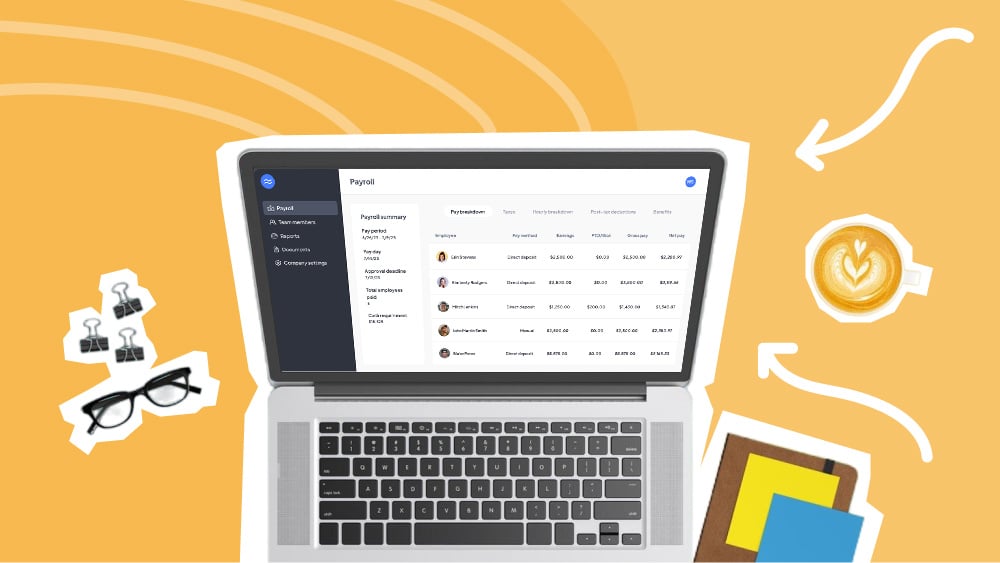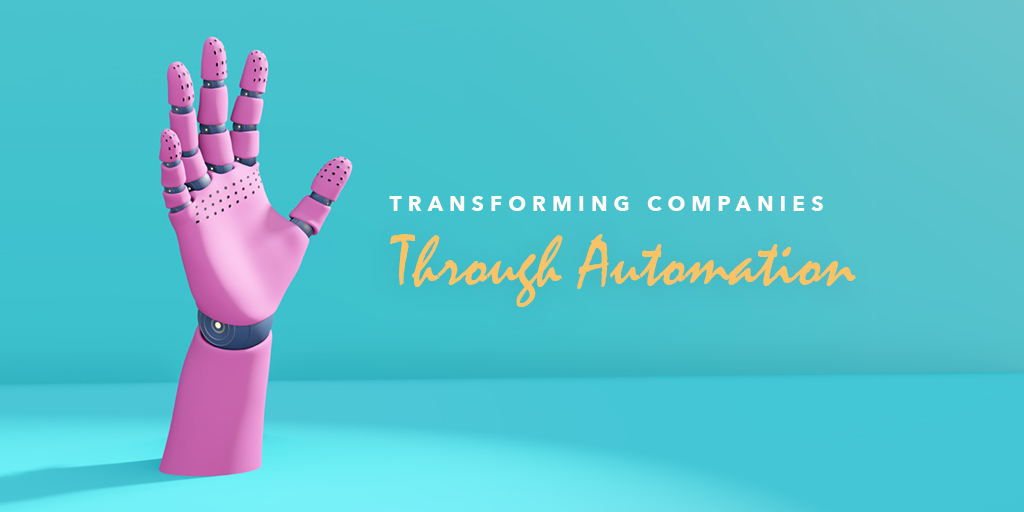When compared to the 13% turnover rate average across other U.S. industries, the 150% rate experienced in the quick-service restaurant industry is staggering. Even if this trend comes as no surprise to industry veterans, that doesn’t mean we should all just accept it. Especially when the implementation of emerging technologies like AI can positively influence employees’ feelings and attitudes at work—while consistently improving worker retention in the process.
Artificial intelligence is often discussed in the media for its ability to eliminate manual work. Yet, its true potential lies in the power to assist managers and help balance their workloads—rather than take over work entirely. In fact, AI can become a major asset to the behind-the-scenes functions of a restaurant by helping retain the valuable employees that help operations thrive.
Why QSR workers are dissatisfied
The reasons for the QSR industry’s historically high turnover rates are varied and complex. Some of the primary issues that often contribute to the problem are poor communication with employers, lack of scheduling flexibility, and the inability to share feedback.
Plus, when you’re continually understaffed, it makes it harder for you and your existing team to fulfill everyday responsibilities, be available for guests, and keep operations running smoothly.
The bottom line? Just like anyone else, QSR workers want a say in how their jobs fit with their personal lives and professional needs. Meeting hourly employees where they are—on their phones—by automating tedious tasks like scheduling or onboarding can make all the difference.
AI can cater to Gen Z’s preferred communication style
Communicating with employees through phone calls or emails can be horribly inefficient. Gen Z workers (and most Millennials) typically see phone calls as unwelcome intrusions. By not talking on the phone, they avoid verbal confrontations or awkward conversations—at the risk of missing important, helpful, or timely messages in the process. This is where AI comes in.
Two-way text with automation is a great solution as it allows you to engage with hourly workers on their terms. Although they’re constantly online, social media interactions have primed them to prefer instant chat over checking emails. With the right AI-based HR tech stack, employees and managers can communicate in real-time, refer to past conversations, and always stay informed.
AI can streamline shift scheduling
Scheduling shifts for your staff can be one of the more irritating and surprisingly complex tasks faced by managers. The QSR industry is no exception. No matter what you come up with, you deal with frustrated workers, coverage gaps, constant absences, and impromptu turnover. It also means more back-office work and ongoing negotiation. In turn, less face time with workers.
AI can help you keep up with the changing needs, preferences, and availability of your employees. Using historical data to examine how busy your business is from day to day along with the number of employees on staff to fill those hours, AI can auto-generate schedules and enable your employees to provide input in choosing their regular schedules, applying for open ones, or trading shifts.
AI can create a culture of feedback
Because of the fast-paced nature of QSR jobs, it can prove challenging for workers (and managers alike) to make time to give or receive feedback.
Feedback not only encourages communication, but correction for all parties. It’s not always easy for managers to see what needs to change or where to improve when it comes to keeping their employees engaged. AI tools automate how you receive feedback by sending out surveys on a recurring basis to gauge worker satisfaction and address concerns before they lead to turnover.
How to introduce AI to employees
The potential uses for artificial intelligence within the QSR industry are growing each day. Especially for guest-facing customer-service employees. You can start by using AI technology for your own back-office work by automating time-consuming tasks and reducing errors.
If you introduce AI-based tools during those first interactions with would-be employees (like the applicant stage), you get added opportunities to familiarize people with the technology’s benefits. Let them experience artificial intelligence firsthand as they fill out applications and schedule their own interviews automatically.
The time to consider using AI Is now
Despite its mixed coverage in the media, AI’s functionality and practicality will only continue to increase—as will its use and growing acceptance. Of course, this doesn’t mean that artificial intelligence will replace the human aspect of the QSR industry. With a clear vision and thorough strategy from restaurant management, AI can greatly support a restaurant’s various functions and staff, which ultimately reduces both turnover rates and operational costs—reason enough to keep the possibilities open and introduce AI technologies to your workforce.



